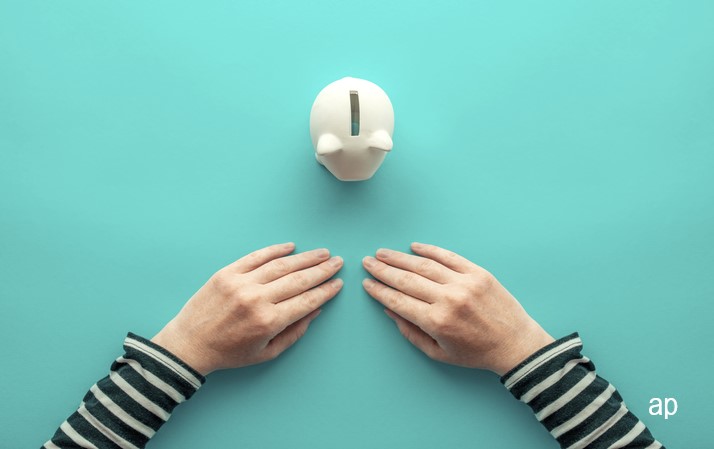
We’re living in an era of rising inflation and many consumer companies are busy passing their cost increases on to consumers. We’ve looked at what those price rises mean and made a dynamic list of the moves by the largest brand owners. The list is designed to test the idea that price rises are having a negative impact on investor returns.
KitKat maker Nestle (NESN), based in Switzerland, was one of the first companies to start hiking prices when it announced in February it had raised prices by 3.1%.
At the time Nestle chief executive Ulf Mark Schneider explained:
"There is almost no place in the company that is exempt of inflation now...Some of these things you can hedge against, some not."
That was just before the Russian invasion of Ukraine. In its most recent update last week, Nestle revealed price hikes of 6.5%. Schneider said the war had brought "extraordinary supply chain challenges" and had taken global food insecurity to a "whole new and unforeseen level". So this issue goes beyond the price of a KitKat to the risk of global food scarcity and starvation in the poorest countries.
In the UK, vegan sausage roll maker Greggs (GRG) is also a veteran of price rises, having hiked at the start of the year and in May. In its interim results posted on August 2, the company softened customers up for more.
Economics students will know the theory of price elasticity. With some products, if you increase the price, people will buy fewer of them (and vice versa). The ideal is to have a product (say a Ferrari car) where price increases barely influence demand.
A modern dilemma is posed by the push for carbon-neutral vehicles. Electric cars are in high demand but are in short supply, so prices are elevated – putting many people off making the switch from petrol/diesel models.
Consumer companies live in the real world, though, where people are facing increasingly tight budgets, and that is likely to get worse when the latest Ofgem energy price cap is lifted in October. Shoppers in supermarkets can choose between branded and non-branded products based on price. Breakfast cereals are a good example. You could argue the premium product doesn’t taste so different as to justify the price differential. A look on a UK supermarket website shows the choice starkly for a flaky cereal: the brand leader costs £2 for 500g, the supermarket version is 85p and a "white label" version is even cheaper at 60p. (I haven’t taste tested them).
(There’s a big debate going on in the UK statistics world about price increases and whether they’re reflected in official data – many shoppers complain the cheapest options have disappeared from aisles since 2020, which supermarkets have variously blamed on supply chain problems, Brexit and Covid-19-related hoarding).
Are Brands Resilient?
Brands are meant to be a buffer against this kind of "own-brand" downshifting, which explains why companies spend so much on advertising – and why stocks with brands are more valuable as takeover targets.
Accounting for brands is slightly imprecise but there’s no doubt their power from an investing perspective: the biggest companies in the S&P 500 are Apple, Microsoft, Amazon and Tesla. Often shoppers "trust" brands of painkillers as a neural shortcut when shopping with a headache, even though generic medicines can be just as effective.
In theory, consumer companies should be able to push through price increases much easier than those selling unbranded products. And brands are part of the Morningstar Economic Moat Rating, one of the competitive advantages that makes a stock more attractive than others: "A company with an economic moat can fend off competition and earn high returns on capital for many years to come" is how Morningstar puts it.
Another key aspect of this argument for investors is that consumer companies are supposed to be defensive in tough times, which many experts are predicting in 2022 and 2023. People will always need breakfast cereal and painkillers, whereas they can put off buying a £30,000 electric car until the economic clouds part.
The balancing act for companies with strong brands this year is to put prices up without impacting sales too much and hitting the bottom line. The data so far are mixed, and probably won’t be identifiable until we’ve had a full year of inflation-affected results. Volatile markets make it harder to judge too, because many stocks have fallen this year.
Still, a number of companies on our list have managed to beat the benchmarks this year (FTSE All Share -4%, S&P 500 -14%) and their 10-year returns are impressive. We’ll revisit this in the coming months with more price rises no doubt on their way.







.jpg)




















